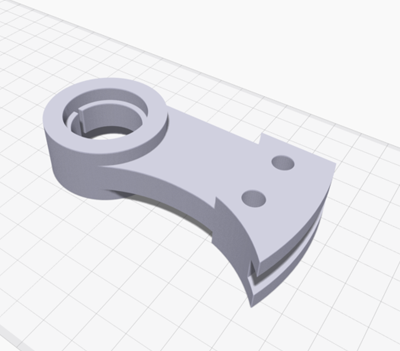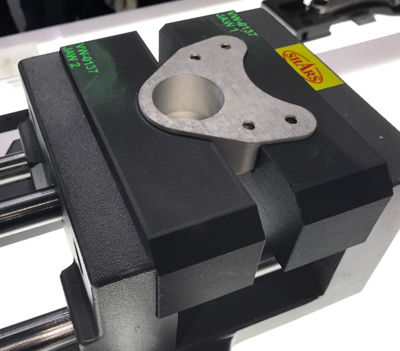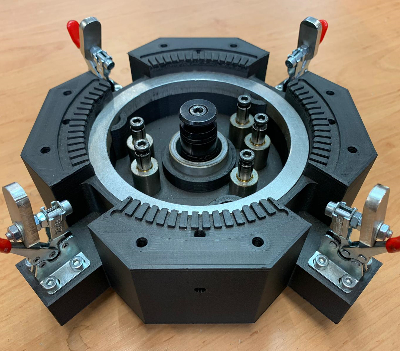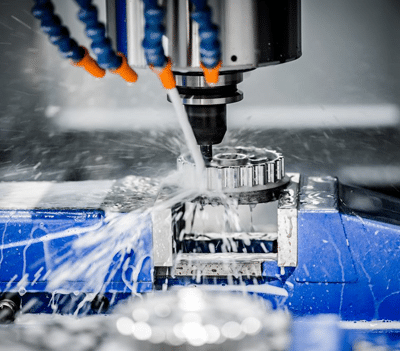3D Printing for Electric Aviation
with VOCUS GmbH
VOCUS GmbH was founded in 2019 to advance additive manufacturing in the areas of research and development and rapid prototyping. The main goal is to make production for aviation more efficient, innovative, faster and cheaper. One of the exciting research projects is the development and production of a plug-in hybrid powertrain for aerospace applications, which we discuss deeper in this report.
On 14 – 17 July 2021, VOCUS will be at the AERO trade fair in the E-Flight Hall with their research aircraft and the Mark Two.
Project Goals
Precise and safe components
AdvanTec GmbH is the holding company to which VOCUS GmbH and VisionZero GmbH belong. AdvanTec has been designing for Airbus Helicopters (EC135, H145, NH90) for over 20 years. In the field of large-scale aviation (A320, A350 and A380), essential parts for the cargo and passenger doors were co-designed. This has enabled a high level of expertise to be built up in the requirements regulations of the aviation industry.
The core business of VOCUS consists of the production of prototypes, pre-series and small series with the help of additive manufacturing for the aviation industry, medical technology and mechanical engineering industry. For example, VOCUS prints aerodynamic fairings that are already used in series production. The aircraft manufacturer takes over the approval of the parts via the overall approval of the aircraft. VOCUS acts here as an „extended workbench“.
Among them are mechanically stressed Class II parts in small series production that were used. Up to now, these parts could only be produced conventionally with a high production scatter. These parts contain, for example, a predetermined breaking point that must break in the event of overload, but must not break before this limit load.
Additive manufacturing enables a much more precise manufacturing tolerance here and is printed on the Markforged X7 with Onyx and carbon continuous fiber.
VOCUS has succeeded in producing this component very precisely and optimising its topology for additive manufacturing. Out of 10 delivered parts of a batch, one part is destroyed in a load test to prove the product requirement and production accuracy. So far, there have been no complaints.
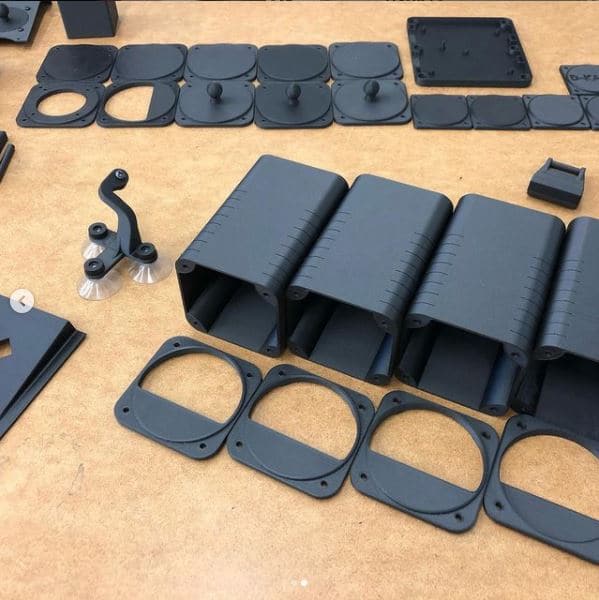
At a Glance
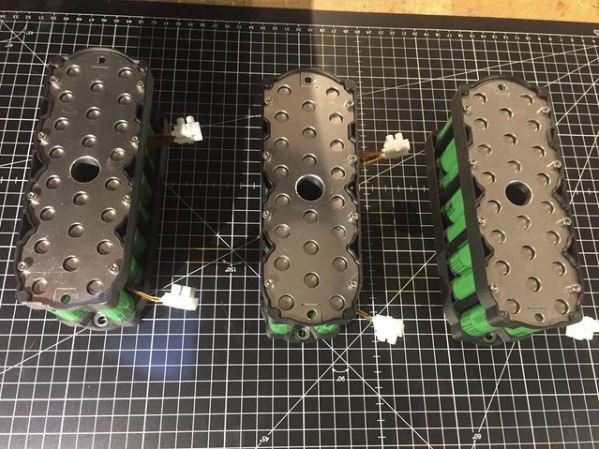
Implementation
Additive Manufacturing for battery packs
VOCUS additively manufactures various prototypes, pre-series and small series for aircraft parts in the field of aerodynamic fairings, connections, cockpit equipment, landing gear, antenna fairings for on-board WLAN routers and its own developments, such as a battery pack for electric aviation drives.
AdvanTec is currently running two research projects in the field of electric aviation. The E-ROP project is nearing completion and deals with the integration of a hybrid-electric drive for a single-seat aircraft. For this project, a powertrain consisting of battery string, control electronics, range extender and a FES drive (Front Electric Sustainer) was developed.
The first flight is planned for May/June 2021. The goal is a battery-electric flight over 350 kilometres without a stopover.
Another AdvanTec project is pushing the further development of the existing battery technology. Currently, the battery modules are being tested for various stress scenarios such as overheating. In the process, the cell holders printed from Onyx FR must not continue to burn independently in the event of a single cell catching fire. If the test results are positive, these battery packs will be mass-produced and used in the research aircraft. This battery technology could then also be used for other aircraft. The necessary approval modalities are already taken into account in the development phase. Manufacturing on the Markforged 3D printers not only enables VOCUS to move quickly from prototypes to series production, but is also very cost-effective and time-saving, as the manufacturing process does not require any tooling. „Our battery modules have approximately twice the power density of the batteries previously used in this aircraft,“ says Stefan Senger, CEO and head of development at AdvanTec and VOCUS GmbH.
Request a demo!
Feel the strength of continuous fiber for yourself.

Solution
Flying 2,000 km emission-free and unmanned in the future
For the battery cell holders, VOCUS relies on Onyx FR, a self-extinguishing and flame-retardant material that is processed with the Markforged X7.
„As soon as this battery can be installed, we will be able to achieve a range of 700 kilometres with our research aircraft. In a further development stage, the range extender (REX), a Wankel motor with generator, will be integrated into the aircraft, extending the range to up to 2,000 kilometres non-stop. In the final stage of development, the REX will be replaced by a hydrogen fuel cell and thus one of our goals, „emission-free aviation“, would be achieved. „We are pursuing this vision with a lot of passion, but we still have a long way to go in terms of development,“ says Stefan Gorkenant, CEO and head of marketing at AdvanTec and VOCUS GmbH.
Another project deals with the optimisation of a BMS (Battery Management System) for electric mobility systems. The goal is to increase efficiency and optimally monitor the battery systems. Here, too, AdvanTec and VOCUS GmbH consistently use the Markforged Printfarm in the areas of rapid prototyping and production of pre-series and small series. „Not only battery technology is facing development leaps here, but also the entire periphery, such as module construction and cell monitoring. Additive manufacturing is an essential key to implementing developments quickly and cheaply,“ explains Stefan Gorkenant.
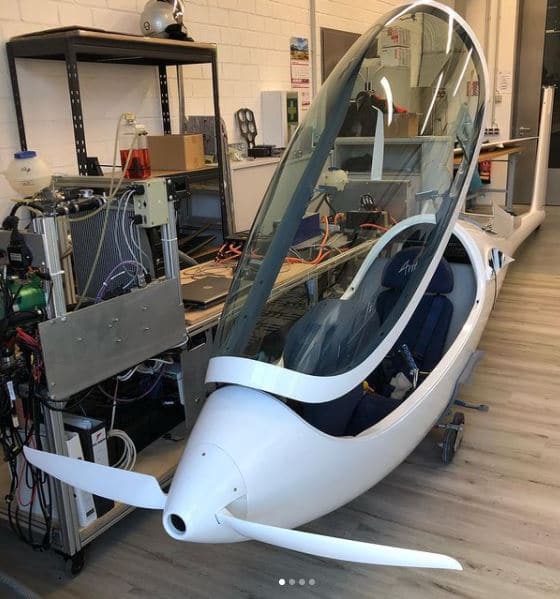
„We were able to accelerate our research projects in the field of new electromobility with the hybrid powertrain enormously. We have more than half the time required for the iteration loops in the partial development, e.g. for the battery holders, and this has drastically reduced the costs. No expensive tools had to be made and this enabled independent work.“ – Stefan Senger, CEO AdvanTEc and VOCUS GmbH
The Future
Huge potential in aviation
VOCUS has been working with one Keyence and four Markforged 3D printers (one X7, two Mark Two, one Onyx One). With the X7, they can exploit the potential for aerospace as it can print with the flame-retardant Onyx FR.
Furthermore, VOCUS offers design and 3D printing services for aerospace, medical and mechanical engineering. „We also want to offer our skills and experience to our customers, which is now well received.“
At VOCUS GmbH, 10 engineers and 5 product designers have been gathering expertise in the aerospace industry for over 20 years. For the future, Stefan Gorkenant has taken a look at the Markforged Metal X to define the appropriate materials for their next project, whether copper, steel, aluminium or Inconel. But ceramics are also an interesting material.
There is huge potential for additive manufacturing in the aerospace sector – and exciting developments are still expected in the coming years!
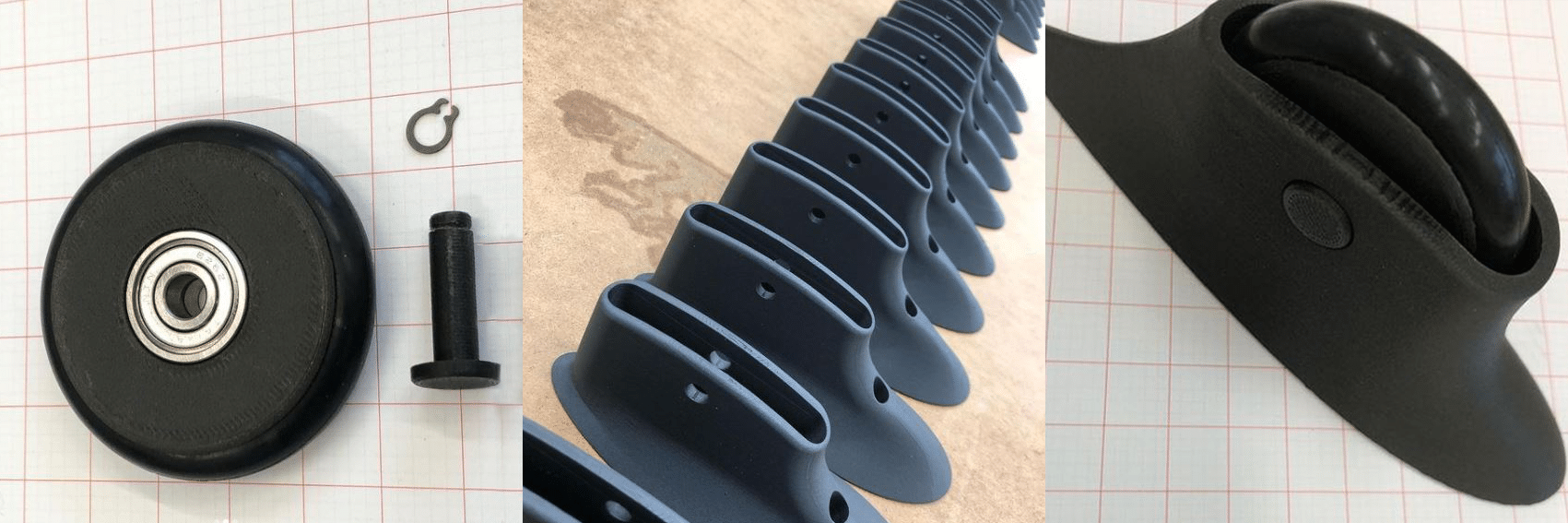
Learn more about 3D printing continuous fibres!
Which continuous fibre is suitable for which applications? How do I design correctly for filament 3D printing? What do users say and where can I find more information? – This is the right place for you! We listed some information leading you directly to the matching answers.

